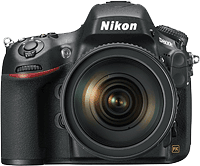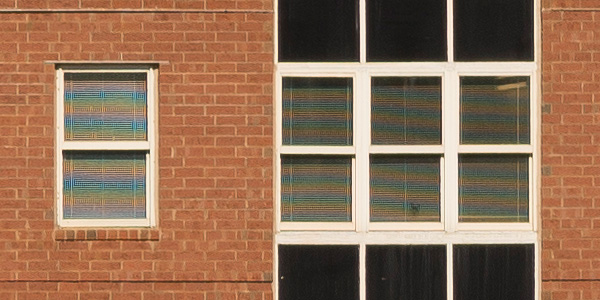Nikon D800E reviewed: Maybe low-pass filters are good things after all
posted Friday, December 21, 2012 at 4:59 PM EDT

The Nikon D800 caused huge buzz when it was introduced, with owners and reviewers alike marveling at its incredible resolution. If the D800 was great, the Nikon D800E, with the low-pass filter effectively removed, must be even more incredible, right?
As you might guess, low-pass filters are present on cameras for a reason: Seeing the world through a pixelated grid introduces unusual problems, especially when lines and repeating patterns cross that grid at specific, usually shallow angles. Preventing these problems is the low pass filter's job, and removing it opens the door to lots of undesired artifacts.
Accordingly, when we looked at the D800E, we were specifically interested in exploring how the lack of a low-pass filter affected its images. Are moiré patterns a practical issue in day to day photography, or are a mostly theoretical concern?

As the 1:1 crop above shows, moiré patterns can be a serious problem, especially with man-made objects. This crop shows one of the worst examples we found, but less severe situations can be problematic as well.
Read our Nikon D800E review for our findings about it, and whether we think it's a good choice for the average photographer. Given all the reviews we've seen touting it to the skies, you may be surprised by our conclusion.